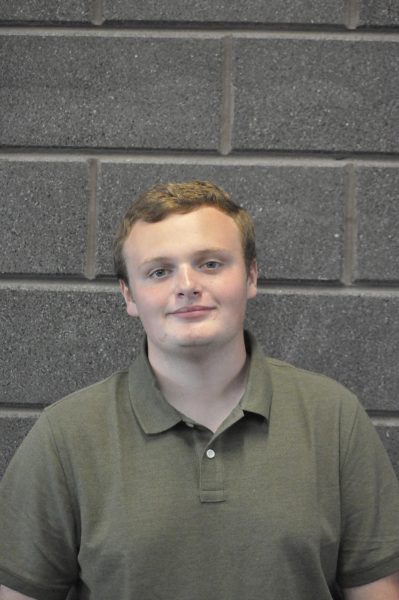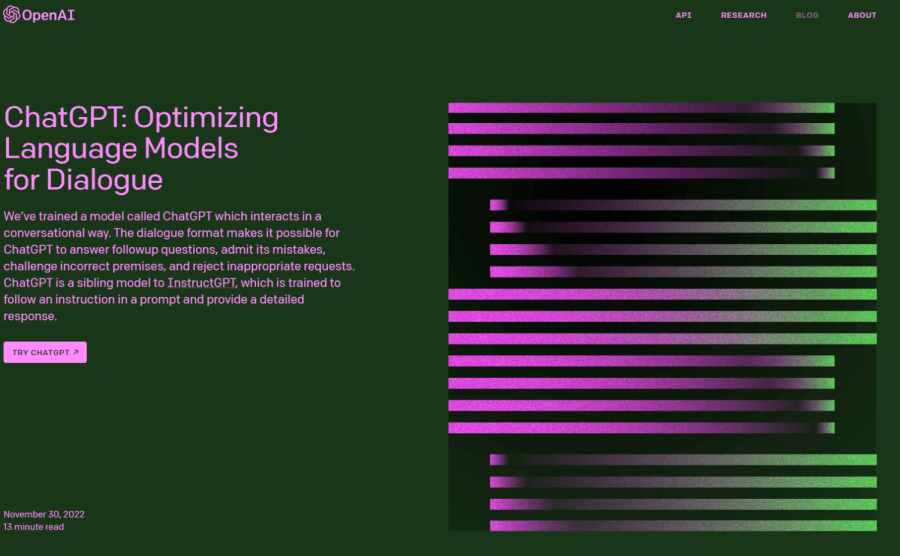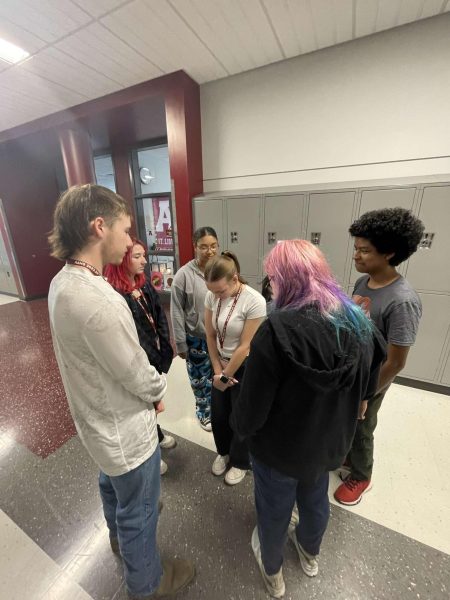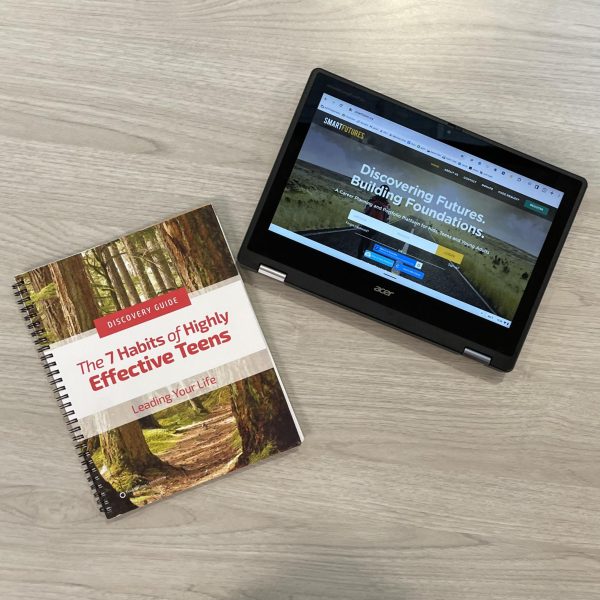AI writing tools could harm student skills
The home screen of OpenAI’s AI generator, ChatGPT.
In the digital age, technology is becoming an increasingly prevalent component of everyone’s daily lives. The field of education is no exception with AI writing generators being one example of how technology is making its mark. While these generators may seem like a practical solution for students and teachers, it’s important to consider the potential negative impact they could have on the education system and the development of students’ writing and critical thinking skills.
AI writing generators allow students to make essays without putting in any effort, but this practice negatively affects education by discouraging the development of students’ skills.
The use of AI writing generators in the school system has the potential to be a double-edged sword. On one hand, they could save time for students and teachers by automating certain writing assignments. However, the quality of the writing produced by AI generators is questionable and does not provide students with the opportunity to practice critical thinking and writing skills which are crucial for their future success.
AI writing could also allow students to become complacent, unmotivated and, ultimately, worsen their own writing skills.
Relying on AI generators to produce written work gives students a false sense of understanding. They may not truly understand the concepts they are writing about, but instead are simply regurgitating information in a seemingly coherent manner. This could have serious consequences for their education and future careers.
As a result of the sudden jump to prominence of these AIs, many schools are issuing bans of chatGPT (an AI chatbot bot and writing generator) and all AI writing tools in order to stop students from cheating. However, students are easily able to get around a simple ban which means teachers and schools need to take a different approach to stop this cheating.
These developments in AI have left many teachers searching for a way to detect this sort of plagiarism, and they should be pleased to know there are methods underway to do so.
One method is being developed by OpenAI themselves, the creators of the controversial AI ChatGPT. The method uses a feature called “AI text classifier” on OpenAI’s website to detect the likelihood that someone’s writing is AI generated.
Currently, this method of detection is very unpolished. It scans the provided text providing one of five outcomes, ranging from “likely generated by AI” to “very unlikely.” It cannot provide a definitive assessment of the text it is given. The classifier must also be provided with at least 1000 characters to be even slightly effective at detection, being cited as entirely unreliable for anything under 1000 characters.
Another method of detecting AI written content has been created by Edward Tian, a 22 year-old computer science student at Princeton University. His tool is called GPTzero, and it works similarly to the other method looking at each word and judging how likely it is to have been written by an AI. It is important to note that any tool using AI is still incredibly unreliable, and teachers should still make their own judgment on the work of students.
In an interview with NPR news, Tian states his belief that people should find a middle ground regarding AI generated writing. He believes students should have to do work in order to learn more but that AI can help with more menial tasks in the long run allowing for a better educational experience.
While AI writing generators may seem like a quick and easy solution for students and teachers, it is important to consider the long-term effects on student learning and critical thinking skills. Instead of relying on technology to do the work for them, students should be encouraged to practice and develop their writing skills through traditional methods. Educators and parents must be mindful of the impact of AI writing generators on the education system, and work towards ensuring that students receive a well-rounded and comprehensive education.

This is my second year on the newswriting staff. I mostly write opinion columbs on topics that I find important. This year, I plan to start a podcast with...







![The release of Lisa Frankenstein on February 9, 2024, has made it the best movie of the year so far. [Made with Canva]](https://aahsmountainecho.com/wp-content/uploads/2024/04/LisaFrankenstein-cover-1-450x600.jpg)
![Rivals. Spotify and Apple Music are the most even on the streaming-service playing field. Spotify was officially launched in 2008, and Apple Music in 2015. [Made with Canva]](https://aahsmountainecho.com/wp-content/uploads/2024/04/Spotify-vs-Apple-music-600x600.png)
![Lets go Bucs! The Pirates 2024 season started on March 28 with a game against the Marlins. [Made with Canva]](https://aahsmountainecho.com/wp-content/uploads/2024/04/Pirates-season-underway-600x600.jpg)


